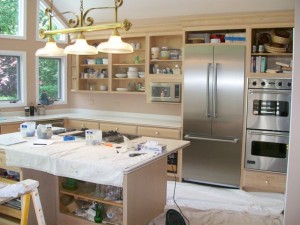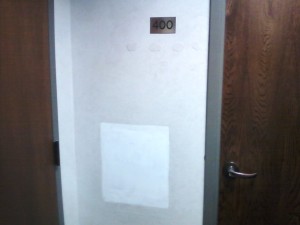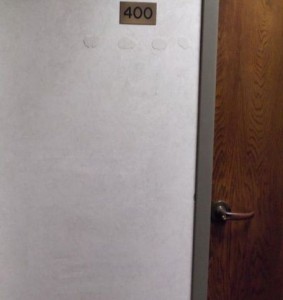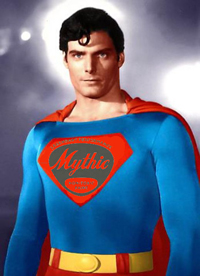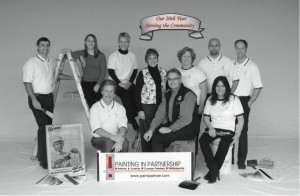Who would have thought that Early-American historical paint colors could be found in that period ‘s cookbooks. In early days, cookbooks were used to store a lot more than recipes for apple pie and stew. People often had to travel long distances to get to the general store and purchase what they needed. If it were available, the cost of some items was simply out of hand. So, American housewives had to resort to home-made recipes to meet a number of the needs of their families.
Paints and pigments were a good example of this phenomenon. In the colonial days, the cost of paint was astronomical, because the ingredients, including the pigments, had to be imported from England or other places. Americans, being the imaginative and thrifty people they were, came up with creative ways to add interior colors to their homes by developing home-made recipes.
One of the first colors to appear in American interiors was blue. Here is a recipe for blue shades: “Boil for three hours a pound of blue vitrol and one half pound of best whiting in three quarts of water.” A “Fancy Green” resulted from the combination of unscorched pulverized coffee put into the white of an egg. Colonial cookbooks also carried a recipe for a coating, which included ingredients such as: skimmed milk, boiled rice, coffee, and egg white.
This is part of the information contained in a presentation made this week in Chicago by Mario Guertin, of Painting in Partnership Inc., to a joint meeting of AIA and APT on “The History of Paint in America”.







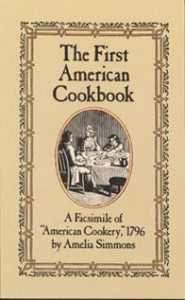
 Follow
Follow

